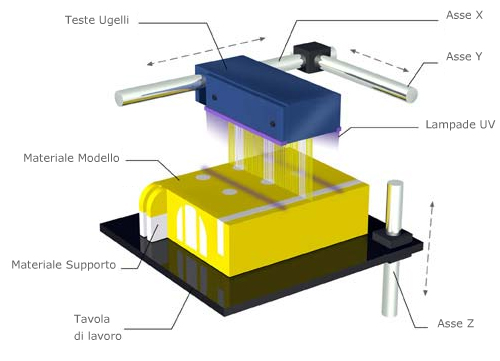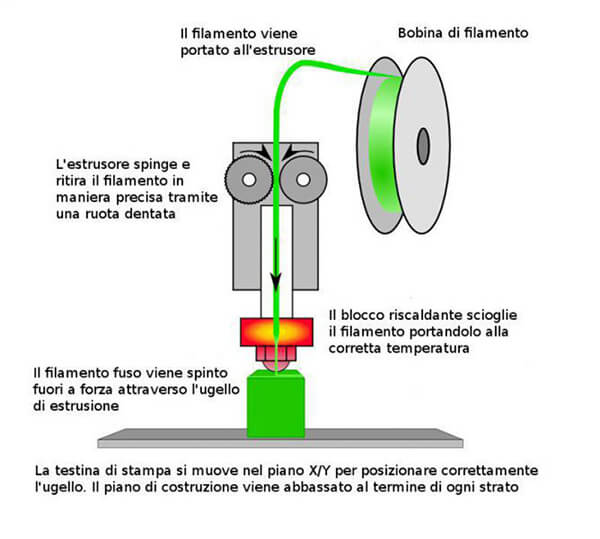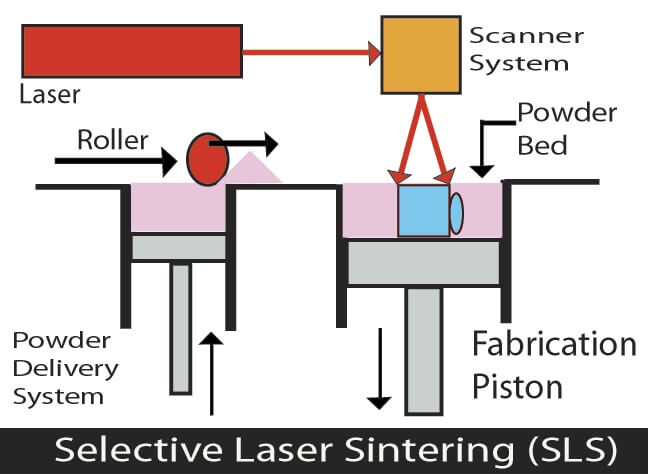
Our job mainly requires a wide range of services linked to trial period product development issues. In order to offer our customers top- notch solutions in order to achieve pilot batch implementation. We offer anything : from 3d cad design , to rapid prototyping , to moulding.
Objet Technology
The practical process is based on deposits of liquid layers of UV light sensitive photopolymers ; moreover, 2 powerful UV lamps harden the layers nearly at the same time. To be precise : a series of pumps conveys 2 kinds of resin : The first type is used to create the model ; whereas the second type is used as support for cartridges, and the nozzle’s tanks . The nozzle then appropriately moves the resin . Not least , the resin used to form the model is deposited where the prototype’s space is ; whereas the support resin is used to fill cavities ; as well as sustaining inclined partition walls ; which happen to be at an angle of more than 88° with respect to the horizon plane (On the object’s side).
The deposited slice, which is 16µm in thickness, is exposed to UV radiation through the UV lamps on the side of the nozzle ; which are integrated with this component. At this stage the plane is lowered by the necessary quantity and the process is repeated ..
This technology has the feature of achieving very high resolution : even in the case of surfaces that display more than 2-3 µm to approximately 15 µm rugosity .

FDM Technology
Fused Deposition Modelling technology (In German Schmelzschichtung), lets you reproduce details with thermoplastic polymers, through molten material deposition .
FDM enables you to manufacture top-notch aesthetic prototypes, providing important functional hallmarks, by employing definitive final product materials . The FDM process, a technology patented by Stratasys, uses a metal wire, or a plastic filament, unwound from coils, the model, or part, is produced, by extruding small flattened strings of molten material, to form layer after layer, as the material hardens immediately, after extrusion from the nozzle . FDM calls for at least 2 coils of material, feeding an extrusion nozzle .
This technology always calls for 2 materials, to be present, during the FDM process :
– “Model” material (To build the part from the bottom up)
– “Soluble Support Structure” material (To support undercut components of the part )
The wire or filament contained in the coils, is pushed at a controlled rate, towards the extruding nozzle, through tubes . The extruding nozzle is fitted with two calibrated heated extruders, to melt the material, and to deposit it in the active layer, with an X-Y movement (both horizontally and vertically), until the layer is actually finished . Once the layer has been completed, the working surface is lowered by one layer, and the same process starts again, till final completion of the part .
Once the part has been completed, you remove it from the FDM working space, as well as removing the support, which has been automatically deposited, by the additive manufacturing of the part . Having completed removal of the support, your part is ready . You actually have two support removal options, depending on the model material you are working with(ABS, PC, ULTEM 9085 etc), you can either remove your support manually, or you can melt it, by putting it in a tank containing both hot water, and a dissolving ph 13 solution, to release the completed rapid-prototyped part, or 3 D print .

SLS Technology (selective laser sintering)
Sintering involves a CO2 laser, compacting and shaping a powder bed of material, tracing the required shape directly from a 3D CAD model, via an STL file . By sintering a nylon powder bed , Tecnicad achieves excellent dimensional details manufacturing, as well as outstanding mechanical characteristics . This is exactly why, this kind of sintering technology is the ideal solution, for your projects needing quality mechanical functionality, even more than top of the range aesthetic prototypes . This technology allows us, to provide you, with large scale monolithic details .
Moreover, we can also support our customers, in finishing and painting their prototypes .

